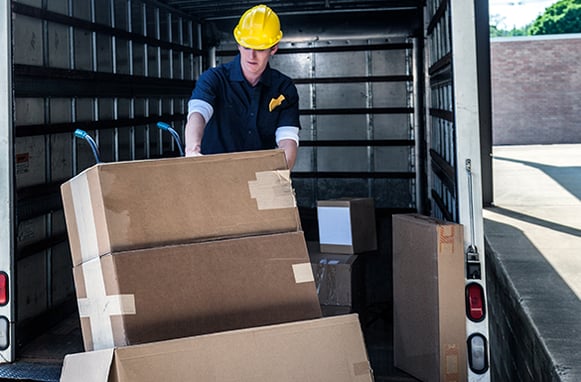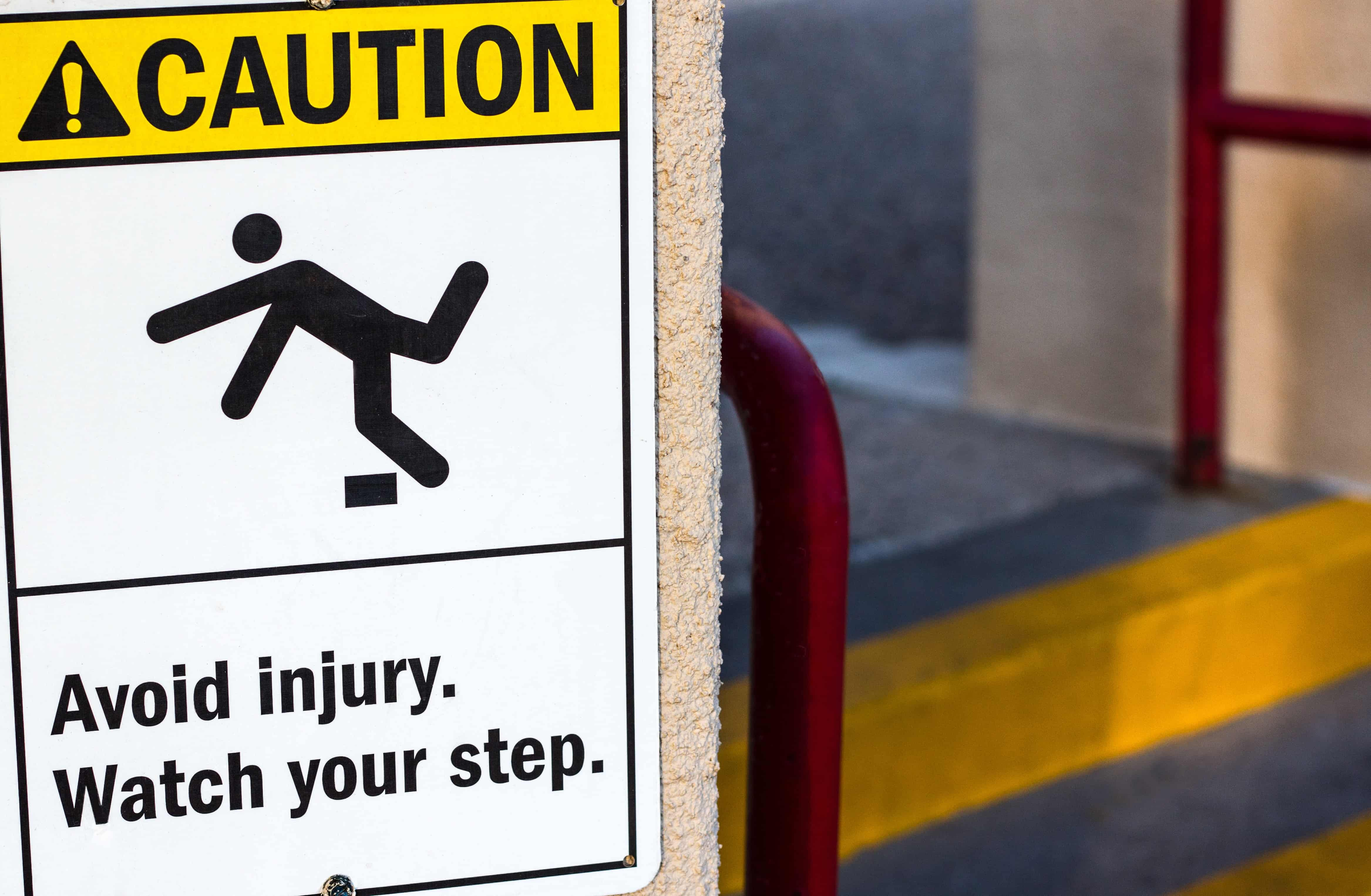Driver Safety: Proper Lifting

Improper lifting is a common cause of serious back injuries and could potentially lead to a lifetime of discomfort. Also, injuries caused by improper lifting could cost you in terms of lost wages, out-of-pocket medical expenses, and your ability to enjoy the people and activities you love. The key to protecting yourself is to be able to recognize the hazards associated with improper lifting and know how to reduce your risk of injury.
Recognize the Hazards
Environment/equipment
- Performing activities that require repetitive motion
- Lack of perosnal protective equipment
- Lift straps, hand carts, dollies, etc
- Improper footwear
- Poor lighting
- Slip, trip, and fall hazards
- Uneven floors, gaps between the trailer and loading dock
- Freight on the floor inside the trailer
- Slippery walking surfaces
Personal behaviors
- Failing to size up a load before lifting
- Attempting to lift an object that is too heavy/awkward for one person
- Lifting objects without stretching beforehand
- Adding resistance to an activity without practicing its movements beforehand
- Lifting with the back instead of the legs
- Making twisting movements to change direction
- Hurrying
- Distractions
- Failing to use available personal protective equipment
Pre-existing medical conditions
- Previous back injury
- Degenerative disc disorder
- Obesity
Know the Defense
Pre-lifting checklist
- Know your limits, especially if you have a pre-existing condition
- Size up the load and ask for help, if needed
- Warm up your back, legs, shoulders, and arms with simple stretching exercises
- Use material handling equipment, if needed
- Wear personal protective equipment
- Gloves, proper footwear, back support harness, etc.
- Choose the location to which the object will be moved and ensure the path is clear
Proper lifting technique
- Set your feet shoulder-width apart with one foot slightly in front slightly in front of the other for stability
- Squat down by bending at the knees and hips only, not your waist
- Keep your back straight with your chest and shoulders back
- Grip the load firmly
- Keep the load close to your body
- Lift slowly with your hips and knees, not your back
- Take small steps and use your feet to pivot or change directions
- Do not twist your upper body — keep shoulders in line with your hips
- Set the object down carefully, squatting with the knees and hips
The information in this article is provided as a courtesy of Great West Casualty Company and is part of the Value-Driven® Company program. Value-Driven Company was created to help educate and inform insureds so they can make better decisions, build a culture that values safety, and manage risk more effectively. To see what additional resources Great West Casualty Company can provide for its insureds, please contact your Safety Representative, or click below to find an agent.
© Copyright Great West Casualty Company 2017. The material in this publication is the property of Great West Casualty Company unless otherwise noted and may not be reproduced without its written consent by any person other than a current insured of Great West Casualty Company for business purposes. Insured should attribute use as follows: “Used with permission by Great West Casualty Company.”
This material is intended to be a broad overview of the subject matter and is provided for informational purposes only. Great West Casualty Company does not provide legal advice to its insureds, nor does it advise insureds on employment-related issues. Therefore, the subject matter is not intended to serve as legal or employment advice for any issue(s) that may arise in the operations of its insureds. Legal advice should always be sought from the insured’s legal counsel. Great West Casualty Company shall have neither liability nor responsibility to any person or entity with respect to any loss, action, or inaction alleged to be caused directly or indirectly as a result of the information contained herein.




